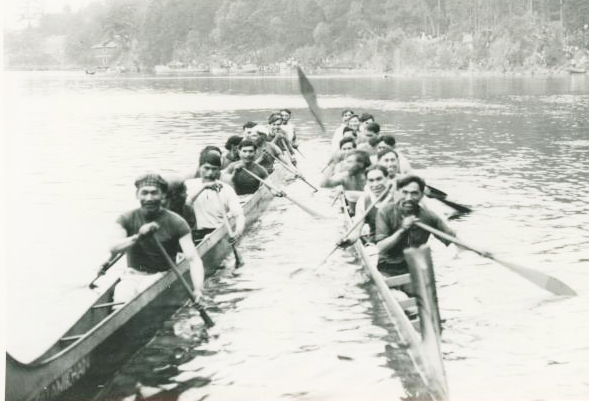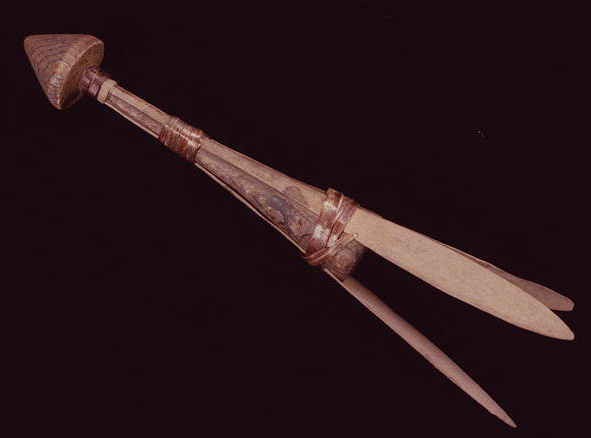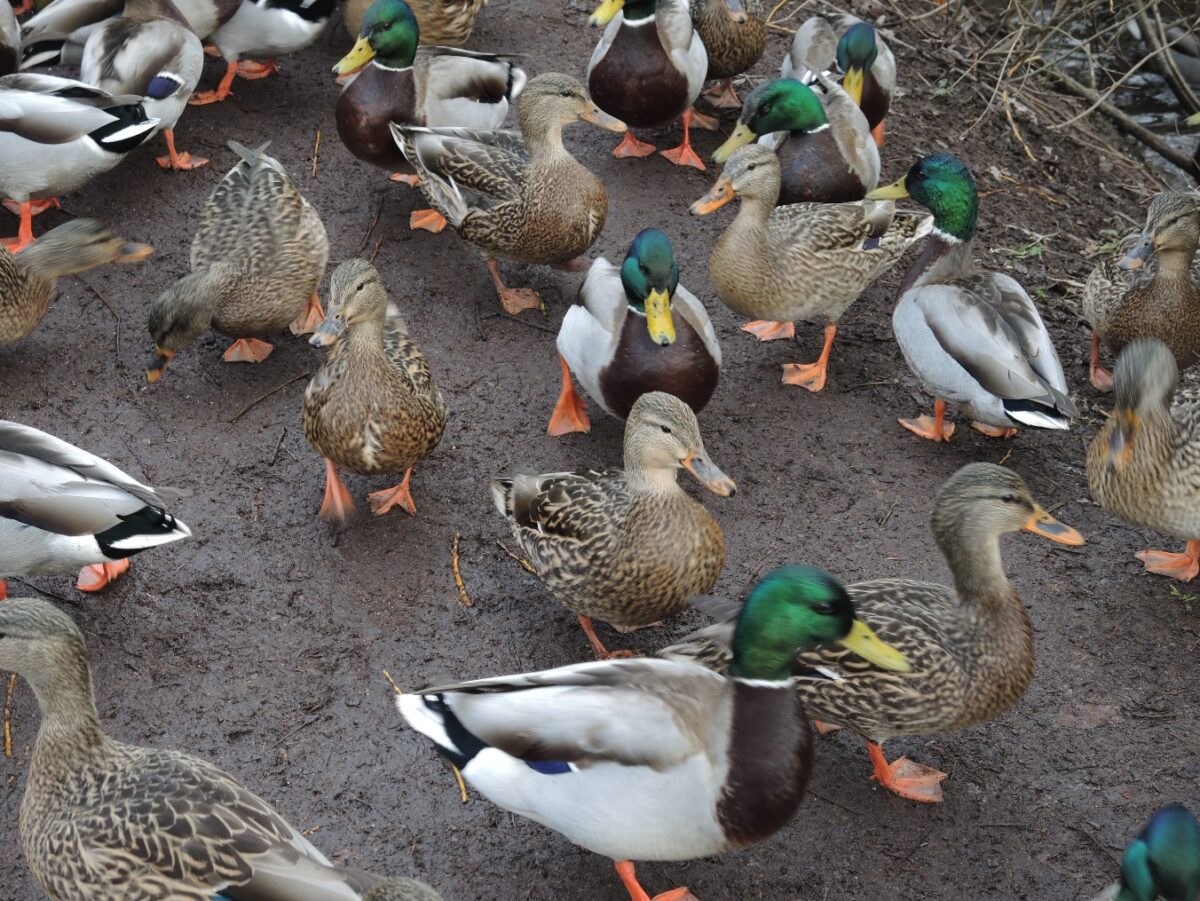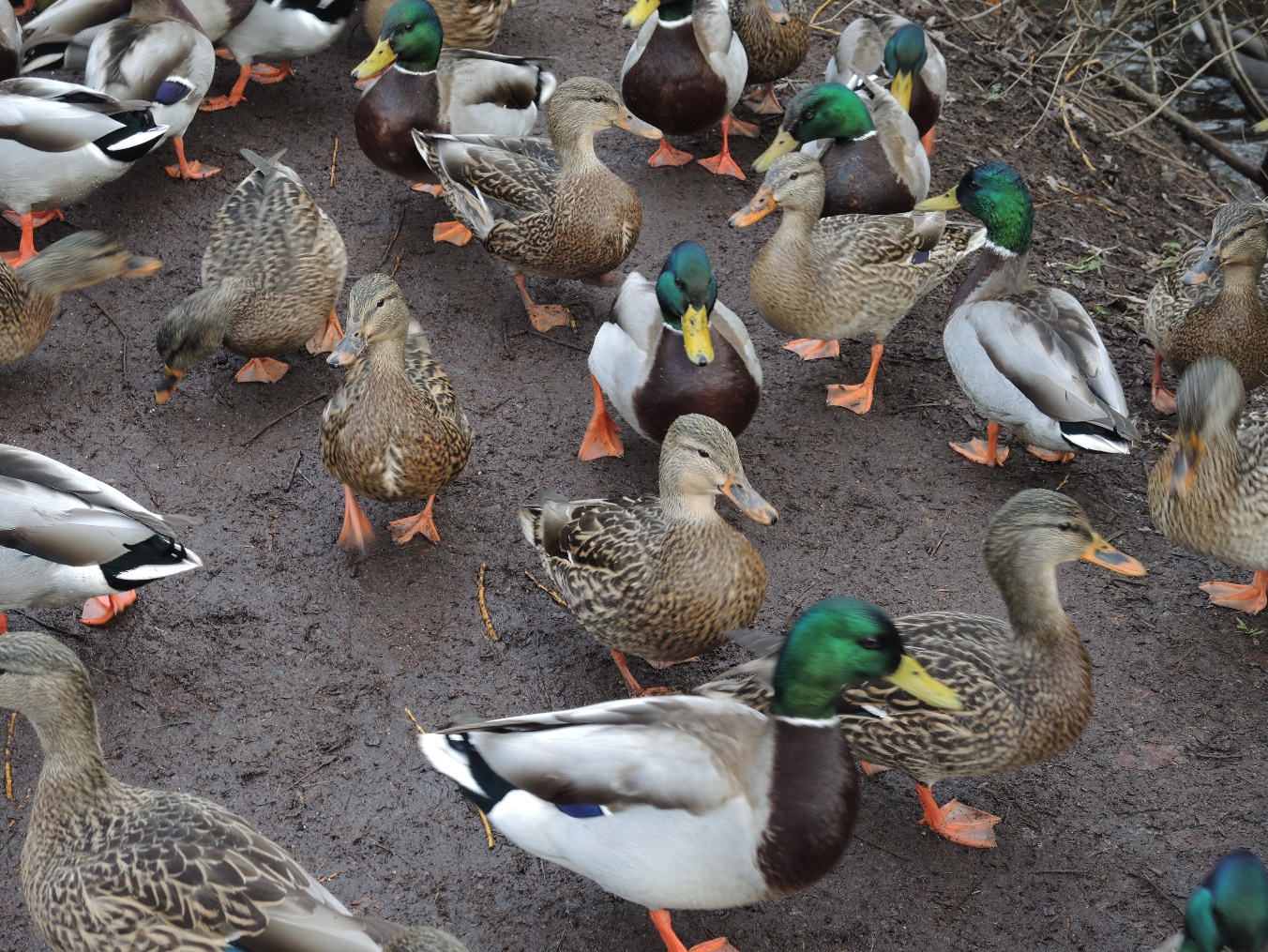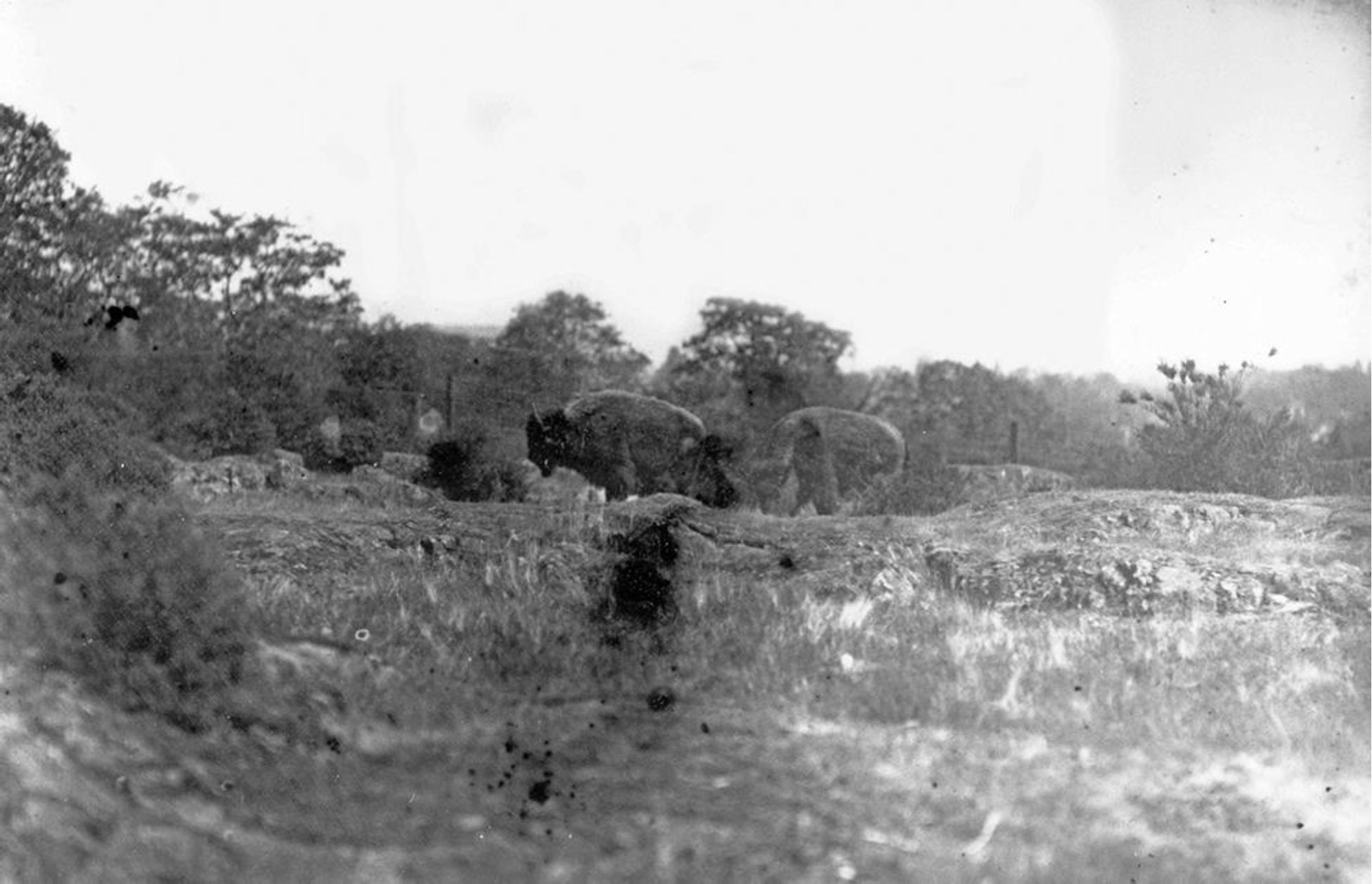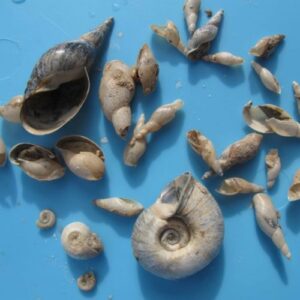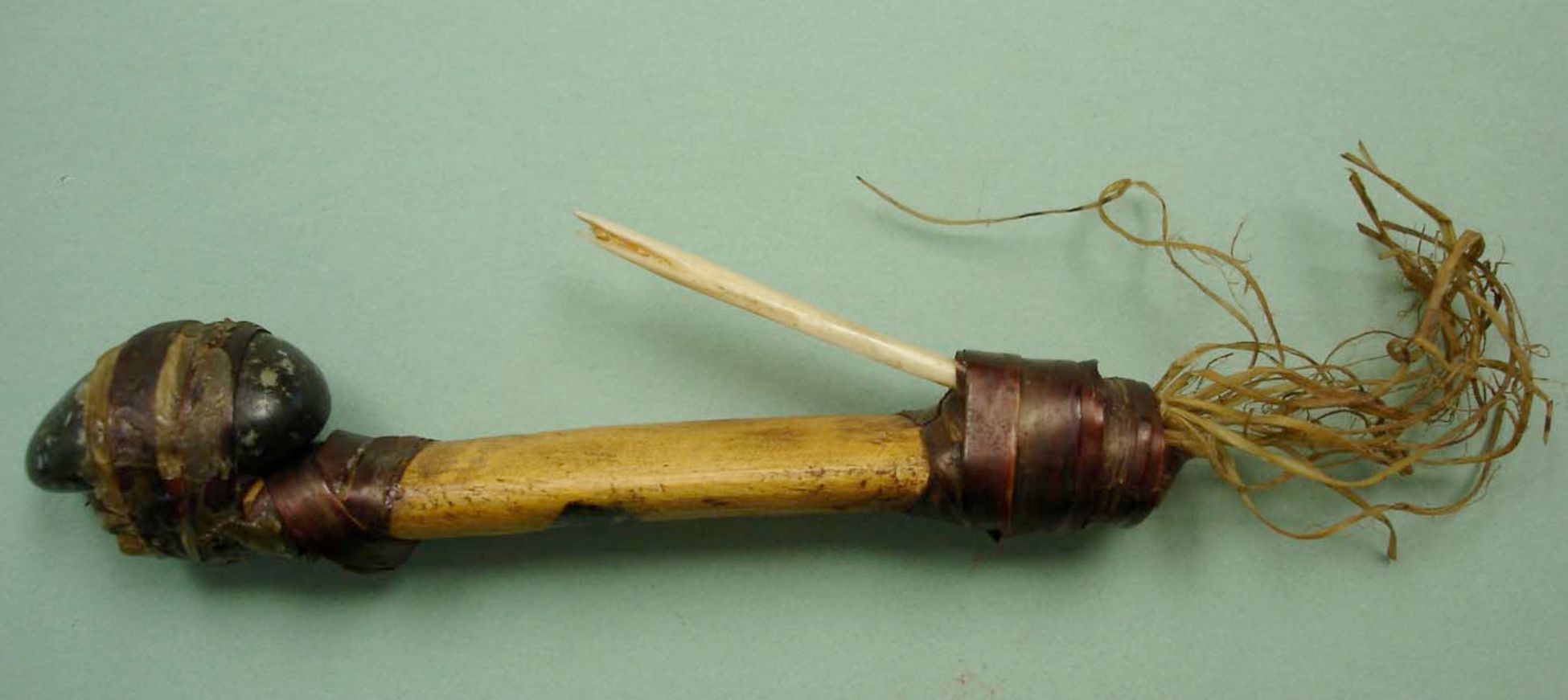
The origin of many Indigenous related projects, such as the Signs of Lək̓ʷəŋən, get lost in time. This project began in 1993, as part of the plans to celebrate the 150th anniversary of the building of Fort Victoria and 125th anniversary of Victoria becoming the Capital of British Columbia. The Premiers Protocol Office invited individuals to established a celebrations committee from which a sub-committee was formed to celebrate Indigenous history. The sub-committee was made up of the late Chief Andy Thomas of the Esquimalt Nation, the late Chief Robert Sam, then a Councillor, and myself, then a curator of Archaeology at the Royal B.C. Museum. The celebrations sub-committee agreed that I would come up with a list of traditional place … Continue reading “Origin of the Signs of Lək̓ʷəŋən Project”

